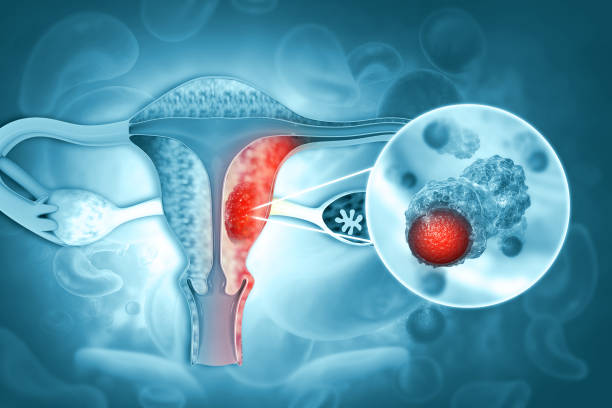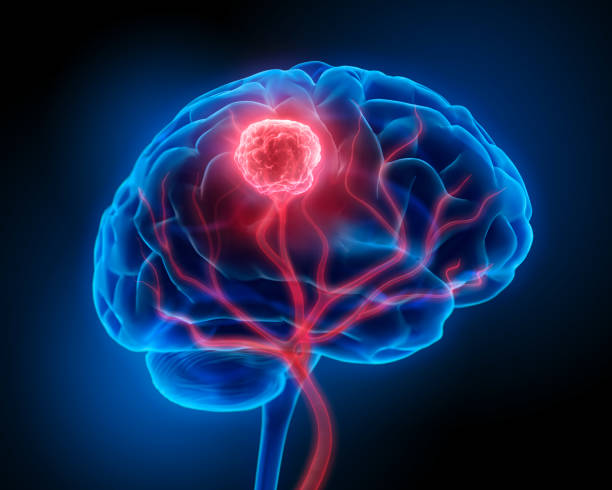
Gallbladder cancer happens when the cells of the inner layer of the gallbladder becomes malignant and grows rapidly. It often doesn’t cause signs or symptoms in the early stages. Instead, it is often diagnosed by accident during gallbladder surgery for stones or present in advanced stages.
The cure rate for gallbladder cancer is excellent if it’s in the early stages and healthcare providers can remove it with surgery. Unfortunately, most people don’t receive a diagnosis until the cancer has spread beyond their gallbladder. Gallbladder cancer is difficult to treat at this point.
The symptoms of gallbladder cancer include:
- Upper abdominal pain.
- Yellowing of skin and whites of the eyes (jaundice).
- Lump in abdomen.
- Unexplained weight loss.
- Nausea and vomiting.
- Bloating.
- Fever.
It is more common in females, in obese persons and in old age.
Risk factors associated with gall bladder cancer are
- Gallstones or a history of gallstones.
- Gallbladder polyps.
- Chronic gallbladder inflammation (cholecystitis).
- Chronic inflammation in bile ducts (primary sclerosing cholangitis).
- Cysts in common bile duct (choledochal cysts).
Diagnosis of gall bladder cancer includes
- Blood tests: Liver function test to asses liver function and tumor markers like Carcinoembryonic antigen (CEA) assay and CA 19-9 assay.
- Imaging tests: Abdominal ultrasound( USG), CT (computed tomography) scan, MRI (magnetic resonance imaging), Endoscopic ultrasound (EUS)and Endoscopic retrograde cholangiopancreatography (ERCP).
- Surgical tests: Biopsy to confirm the diagnosis and Laparoscopy where a thin camera mounted tube at one end is inserted in the abdomen through a small cut to look at the gallbladder and nearby tissues. A laparoscopy can helps determining how much the cancer has spread inside the abdomen.
The stages of gallbladder cancer are:
- Stage 0 (also known as carcinoma in situ): Abnormal, precancerous cells are in the gallbladder’s inner (mucosal) layer.
- Stage 1: Cancer cells are in the mucosal layer and may spread to the muscle wall of the gallbladder.
- Stage 2: Cancer has spread beyond the muscle layer to the connective tissue layers of the gallbladder.
- Stage 3: Cancer has spread to your liver or nearby organs or to the outer (serosal) layer of your gallbladder and possibly to nearby lymph nodes.
- Stage 4: Cancer has spread to a large number of nearby lymph nodes, blood vessels and/or to organs far from your gallbladder.
Cancer stage affects treatment and treatment goals. With early-stage cancers, the goal is often to remove the cancer, so it doesn’t return. If it’s more advanced, treatment goals may include extending the patient’s life and managing symptoms. Surgery for the removal of gall bladder is known as Cholecytectomy. Surrounding lymph nodes are also removed along with gall bladder in cancer surgery. Other treatment options to prevent spread of cancer or prevent re growth include Radiation therapy, chemotherapy, targeted therapy and immunotherapy.






